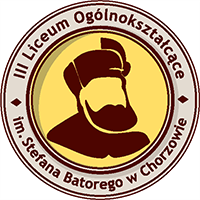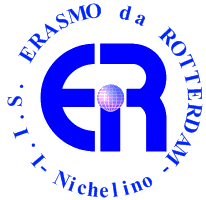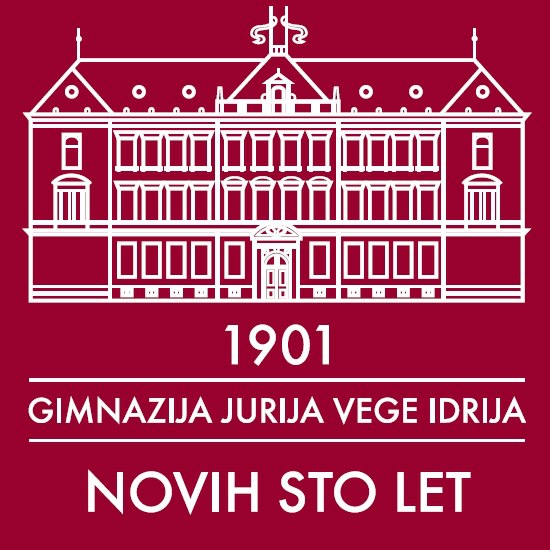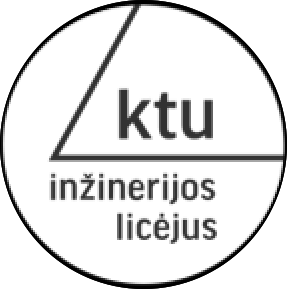 ¶
¶
This manual was created as a result of the project [p]: ROBOT, co-financed under the European Union program “Erasmus +”.
Teaching materials that we offer have been developed as part of an international consortium which includes:
The materials contained in each lesson can be used as starting point for student activities. It can be used for computer science, mathematics, physics and chemistry lessons and used as a whole or just part of the lesson. Although there is no particular order, there are some correlations between different lessons. Example correlations can be as follows:
Version 1
Version 2
Version 3
Version 4
Materials:¶
- Basic display and LED’s
- Basic motors
- Basic sound
- Basic - python commands
- Application of an ultrasonic sensor in vehicles
- Circle and its applications
- Gyro sensor and geometric figures
- Museum at night
- Point to point
- Robot drawn triangles
- Lego robots in physical experiments
- No logic, no move
- Acceleration Due to Gravity
- Lego EV3 Robotics, Math and Music
- Integrating liquid handling chemistry.
- Pythagorean theorem
- The conic sections
- Measuring terrain using ultrasonic
- The motion of a robot inside a field with obstacles
- Stirling motors
- Brownian motion with Lego Mindstorm EV3
- Robot Arm
- Sumo robot
- Surveyors wanted to explore Mars and its Moons
- Use for arrays and color sensors
- Graph of linear function
- The Magnitude of Static Friction
- Fan controlled by a temperature sensor
This work is licensed under a Creative Commons Attribution 4.0 International License.








